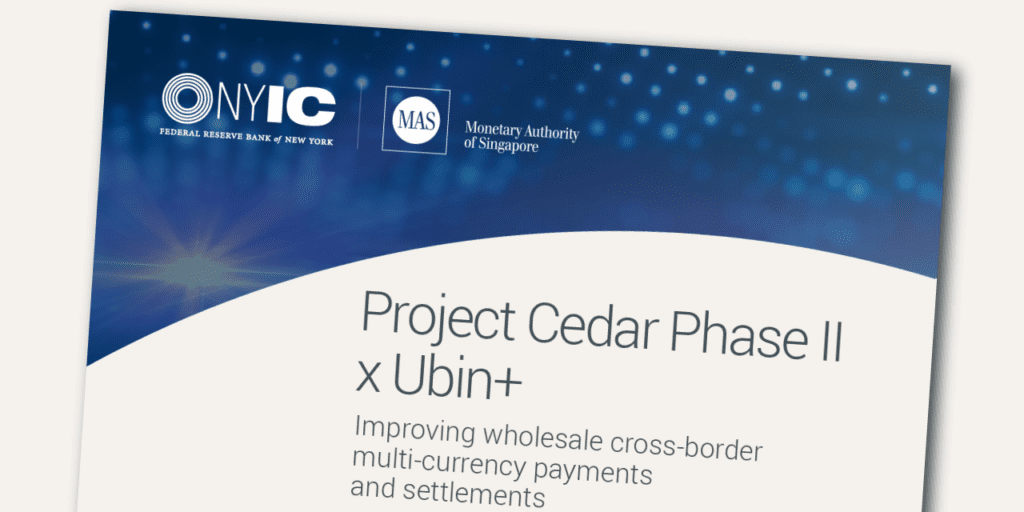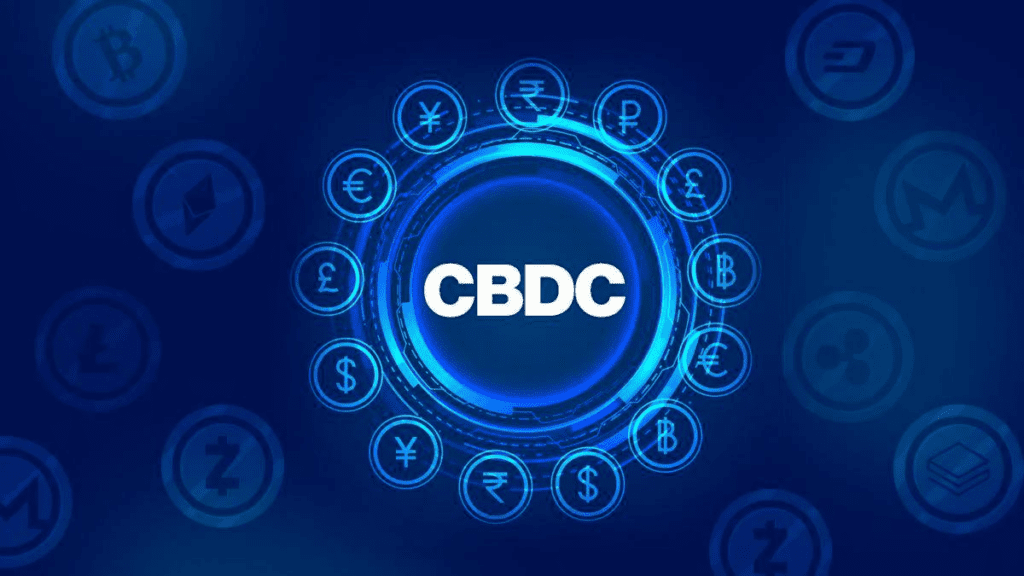Key Points:
- CBDC systems that operate on several networks may be utilized for cross-border and cross-currency payments.
- The paper by the New York Federal Reserve and the MAS focuses on the technical challenges of CBDCs.
- For all test situations, settlement took less than thirty seconds.
Project Cedar Phase II and Project Ubin+ (Cedar x Ubin+), according to a report from the Monetary Authority of Singapore (MAS) and the New York Federal Reserve, have achieved headway in cross-border real-time settlements using central bank digital currencies (CBDC).

According to the report, the various teams were able to perform cross-border transactions with near real-time settlement finality across distinctly distributed ledger (DLT) and hashed timelock contract (HTLC) technology stacks.
The New York Federal Reserve’s New York Innovation Centre’s Project Cedar and the MAS’s Project Ubin+ stated on May 19 that they investigated a cross-border multi-currency use case in which vehicle (or bridge) currencies are used as a bridge to exchange currency pairings that are not frequently traded.
According to a footnote in the paper, the research focused on technical difficulties and did not represent any choice to install CBDCs or the underlying tech stacks anyplace in particular.
The experiment’s efficiency allowed cross-border payments to be completed simultaneously (atomic settlement) and in near-real time, as well as interoperability and autonomy across distinct central bank currency ledgers.
Cedar x Ubin+ investigated the capacity of distributed ledger technology (DLT) to link at least three simulated currency ledgers, minimize settlement risk, and shorten settlement time. The teams made use of replicated CBDCs and fictitious payments.

According to Michelle Neal, Chief of the Markets Group at the New York Fed:
“Cross-border payments are a major railway for facilitating the functioning of the global economy. Our research collaboration with the MAS reveals key opportunities for central bank innovation to play an important role in easing wholesale payment flows globally and improving settlement outcomes.”
According to the study, the researchers constructed eight distinct scenarios to test their interoperability hypothesis. All deals resolved almost 6.5 payments per second on average, with a high of 47 payments per second, according to the atomic settlement testing.
Settlement occurred in less than thirty seconds for all test cases (normally, settlement takes roughly two days), including payment chains needing multiple cross-ledger currency swaps.
The paper proved that interoperability may be achieved across ledgers with varying technological architectures. Atomic settlement (simultaneous settlement) was achieved by making the ability of each member of the payment chain to claim their respective funds conditional on the ability of all participants to claim their respective funds, significantly reducing the counterparty risk associated with a given transaction.
DISCLAIMER: The information on this website is provided as general market commentary and does not constitute investment advice. We encourage you to do your own research before investing.
Join us to keep track of news: https://linktr.ee/coincu
Harold
Coincu News






















